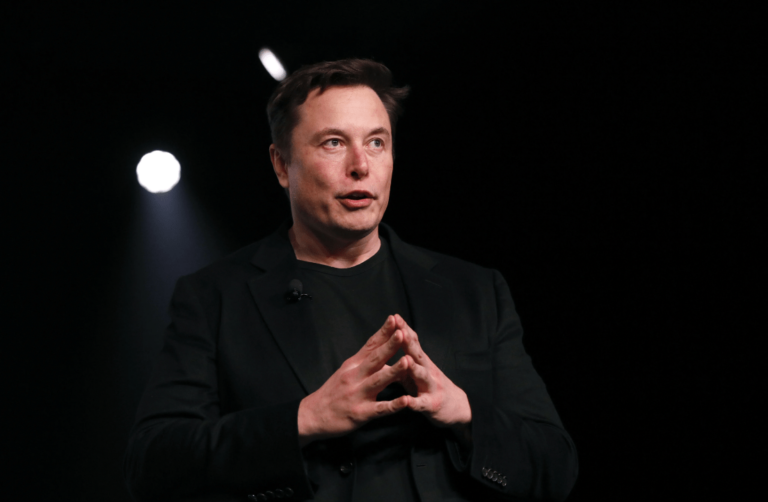In August of last year, Elon Musk provided an update on Neuralink, the brain-computer interface company he founded in 2016. Musk, who is also the CEO of Tesla and SpaceX, outlined a futuristic vision where humans, enhanced by cybernetic implants, could combat diseases and transcend their physical limitations by integrating with machines and technology. Musk described the Neuralink implant as “like a Fitbit in your skull,” emphasizing its potential to enable high-speed connections to external computers and other devices within the body. This ambitious vision reflects Musk’s broader goals of merging human intelligence with artificial intelligence to safeguard humanity’s future.
Neuralink is not just a concept but a rapidly expanding enterprise. With over 100 employees and substantial personal investment from Musk, the company aims to revolutionize how humans interact with technology. The US Food and Drug Administration’s designation of Neuralink as a Breakthrough Device could expedite its approval process, bringing Musk’s vision closer to reality. The potential applications of this technology are vast and transformative, promising to enhance human capabilities and address severe medical conditions.
Medical Applications and Initial Trials

Neuralink’s initial clinical trials will focus on patients with spinal cord injuries, aiming to address chronic and terminal illnesses such as blindness, memory loss, brain damage, and depression. Musk’s vision extends beyond these medical applications; he hopes Neuralink will help humanity coexist with advanced AI, preventing it from becoming uncontrollable and posing a threat to human life. This dual purpose of Neuralink—treating medical conditions and managing AI integration—highlights its broad potential impact.
The company’s ambitious goals also include treating conditions like Parkinson’s disease, motor neuron disease, and multiple sclerosis. These diseases, characterized by progressive neurological decline, currently have limited treatment options. Neuralink’s technology could offer a new approach, potentially slowing or reversing the effects of these debilitating conditions. The prospect of such advancements brings hope to many who suffer from these illnesses, as well as to their families and caregivers.
Broader Implications and Skepticism

Musk envisions more immediate business opportunities for Neuralink, such as streaming music directly to the brain or enabling mind-only virtual gaming. This technology holds particular interest for those with physical limitations, potentially offering treatments for conditions like Parkinson’s disease, motor neuron disease, and multiple sclerosis. Unlike traditional research, which advances slowly due to the specialized nature of neurological studies and competition for limited resources, Neuralink’s technological advancements have been praised by some in the scientific community. Graeme Moffat, a neuroscience research fellow at the University of Toronto, noted that Neuralink’s hardware is significantly more advanced than competitors in terms of size, portability, power consumption, and wireless capabilities.
However, the ambitious nature of Neuralink’s goals has also attracted skepticism. Some neuroscientists question whether the technology can deliver on its promises, particularly when it comes to replicating complex brain functions such as memory storage or thought processes. Loren Frank, a neuroscientist at UCSF, criticized the oversimplification of equating electrical discharges in the brain with thoughts and memories. Professor Andrew Jackson of Newcastle University described Neuralink’s progress as “solid engineering but mediocre neuroscience.” These criticisms underscore the challenges Neuralink faces in translating its technological innovations into practical and effective medical treatments.
Reactions from the Scientific Community
Neuralink has received mixed reactions from neuroscientists. While some praise its technical achievements, others question its theoretical foundations, especially concerning high-level brain functions like memory storage or thought. Loren Frank, a neuroscientist at UCSF, criticized the oversimplification of equating electrical discharges in the brain with thoughts and memories. Professor Andrew Jackson of Newcastle University described Neuralink’s progress as “solid engineering but mediocre neuroscience.” Despite these criticisms, there is optimism about Neuralink’s potential medical applications. Steven Chase of Carnegie Mellon’s Neuroscience Institute highlighted the technology’s potential to offer independence to patients with motor impairments.
Neuralink’s development of a surgical robot that inserts tiny wires, no larger than human hair, into the brain represents a significant technical achievement. The long-term goal is to perform these procedures as day surgeries, similar to how LASIK eye surgery is currently conducted. This minimally invasive approach could make the technology more accessible and appealing to a broader range of patients. However, the true test will be in the clinical outcomes and whether the technology can deliver on its promises of improved quality of life for patients.
The Promise and Future of Neuralink
While Neuralink promises a new therapeutic field for debilitating neurological illnesses, the timeline for its widespread impact remains uncertain. Medical advancements are often slow, and understanding the complex mechanisms of diseases can take a lifetime of research. However, the prospect of a cure or significant treatment improvement remains tantalizing. For many with neurological conditions, the potential to maintain critical abilities is a hopeful prospect. Although some in the disability community emphasize the need for a more inclusive society over medical fixes, many would welcome the advancements Neuralink promises.
As technology evolves, the hope is that it will eventually provide solutions for conditions once considered incurable. The real question is not if but when these advancements will become a reality, potentially benefiting future generations. Musk’s journey into the human brain’s frontier may prove to be more challenging than exploring space, but it holds the promise of significant breakthroughs for humanity. For those living with neurological conditions, the advancements Neuralink aims to achieve could transform their lives, offering new possibilities and renewed hope for the future.